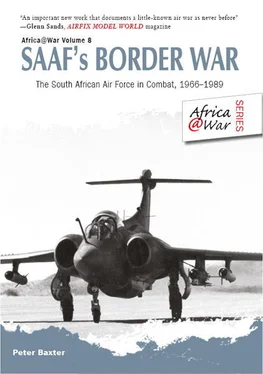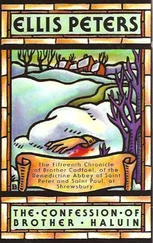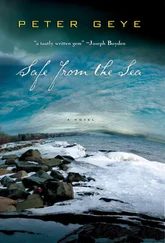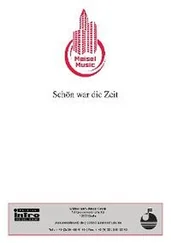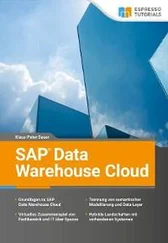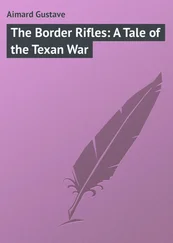Peter Baxter - SAAF's Border War
Здесь есть возможность читать онлайн «Peter Baxter - SAAF's Border War» весь текст электронной книги совершенно бесплатно (целиком полную версию без сокращений). В некоторых случаях можно слушать аудио, скачать через торрент в формате fb2 и присутствует краткое содержание. Город: Solihull, Год выпуска: 2013, ISBN: 2013, Издательство: Helion & Company, Жанр: military_history, на английском языке. Описание произведения, (предисловие) а так же отзывы посетителей доступны на портале библиотеки ЛибКат.
- Название:SAAF's Border War
- Автор:
- Издательство:Helion & Company
- Жанр:
- Год:2013
- Город:Solihull
- ISBN:978-1-908916-23-5
- Рейтинг книги:3 / 5. Голосов: 1
-
Избранное:Добавить в избранное
- Отзывы:
-
Ваша оценка:
- 60
- 1
- 2
- 3
- 4
- 5
SAAF's Border War: краткое содержание, описание и аннотация
Предлагаем к чтению аннотацию, описание, краткое содержание или предисловие (зависит от того, что написал сам автор книги «SAAF's Border War»). Если вы не нашли необходимую информацию о книге — напишите в комментариях, мы постараемся отыскать её.
SAAF's Border War — читать онлайн бесплатно полную книгу (весь текст) целиком
Ниже представлен текст книги, разбитый по страницам. Система сохранения места последней прочитанной страницы, позволяет с удобством читать онлайн бесплатно книгу «SAAF's Border War», без необходимости каждый раз заново искать на чём Вы остановились. Поставьте закладку, и сможете в любой момент перейти на страницу, на которой закончили чтение.
Интервал:
Закладка:

In the meanwhile, prior to the advance of Task Force X-Ray, comprising mainly 61 Mechanized Battalion and attached artillery, on the outskirts of Cahama, it successfully overran the small defended town of Quiteve against almost no resistance. This prompted an unsuccessful probe north by a detached company of Task Force X-Ray to begin the process of isolating Mulondo. This caused some grumbling from SAAF command as it required the unscheduled diversion of air resources to support the advance which reduced the cover available elsewhere. Brigadier-General Dick Lord:
This diversion of the original Askari plan had repercussions on the air plan. Support had to be flown for ground forces in that area, thus utilizing aircraft hours and weapons set aside for the Cahama and Cuvelai battles. It had a further tactical disadvantage in that the element of surprise we had hoped to gain from our attack on Cahama was lost. After our Mulondo strikes the entire air defence system of southern Angola was placed on the highest state of alert. [23] Lord, Brig-Gen Dick. From Fledgling to Eagle: The South African Air Force during the Border War , 30 Degrees South, Johannesburg, 2008, p. 305.
Cahama, meanwhile, was now subjected to an unrelenting artillery bombardment during the day and night/day aerial attacks delivered by Impala and Canberra formations that lasted throughout the second half of December. In the midst of these raids a flight of Buccaneers was diverted briefly to attack SWAPO/FAPLA forward training and logistics bases near the town of Lubango on the main road north of Cahama.
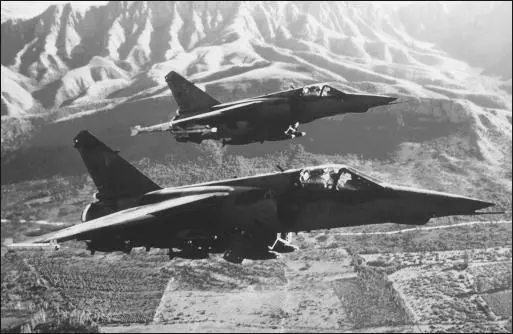
The combined effect of weeks of intense attrition applied to Cahama certainly did affect morale among the defenders, as had been hoped, with radio intercepts confirming this fact, and had the operation been allowed to continue it would certainly have succeeded. However, all SADF operations around Cahama were abruptly ordered to cease by 31 December, largely as a consequence of international pressure being brought to bear against the South African government to withdraw its forces from Angola. This had the melancholy effect of allowing the FAPLA 2nd Brigade in Cahama to observe one morning, to their unutterable relief, the mighty SADF 61 Mechanized Battalion breaking the siege and leaving the area, with the predictable result that yet another defeat of the Boere was hailed by FAPLA. Similarly, the combined offensive plan against Mulondo was discontinued.
In the midst of the Cahama siege, however air assets were once again diverted when a Sector 20 SADF deception force was attacked and five members killed during an unscheduled diversionary strike at a position close to the town of Caiundo, more than 200 kilometres east of the main combat zone. The SAAF had not been informed of this aspect to the operation and therefore had not factored in any contingency for dealing with this sort of emergency. Air activity was now spread even more thinly, with attack aircraft being diverted to Caiundo from both Cahama and Mulondo in the midst of the campaign to suppress both. Caiundo remained a focus of air activity for the remainder of the life of Operation Askari , itself ultimately not being captured and contributing to the similar marginal failures at Cahama and Mulondo.
At 14h05 on 27 December 1983, the aerial bombardment of the final key target, Cuvelai, north of Xangongo, began. This followed a week or more of photo-reconnaissance flights which had warned the defenders of the town well in advance that something big was imminent. The aerial attacks continued for the next few days, after which Task Force Delta-Fox, a battle group comprising mainly territorial Citizen Force soldiers, was sent in to engage a SWAPO HQ and logistics base located five kilometres northeast of the town. To its horror, the group came under attack from the FAPLA 11th Brigade, reinforced by two Cuban battalions, and utilizing T-54/T-55 tanks for the first time in their correct mobile role. Task Force X-Ray was immediately reassigned to assist and in a mere 16 hours was extracted from its activity around Cahama and redeployed overland to the outskirts of Cuvelai. This epic forced march is described in part by Captain Charlie Wroth in the appendix. There a combined ground and air assault commenced on 3 January 1984.
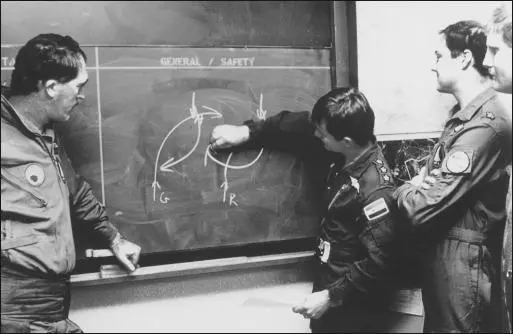
Supporting air operations began with a determined and coordinated series of strikes aimed at all known AAA and artillery sites. The first wave comprised ten Impala jets followed by four Canberras. The combined load of bombs delivered on the target was 60 120kg bombs, 18 350kg bombs, two 460kg bombs and 600 deadly anti-personnel alpha bombs, followed by a second wave of Impalas dropping 32 250kg bombs. Each pilot was equipped with an up-to-date aerial photograph of his intended target and a high degree of accuracy was achieved.
This was confirmed on completion of the air attack by an intercepted radio call from the Angolan commander pleading for help from his HQ in Lubango, claiming that 75 per cent of his artillery had been taken out by the SAAF. If this was even partially so then this certainly would have ranked highly among SAAF actions during the war. Dick Lord, remarking on this fact, commented that: “This airstrike, together with the Cangamba attack, ranks arguably as the two most successful airstrikes flown by the SAAF throughout the history of the war.” [24] Lord, Brig-Gen Dick. From Fledgling to Eagle: The South African Air Force during the Border War , 30 Degrees South, Johannesburg, 2008, p. 309.
During the air operation an Impala piloted by Captain Joe van den Berg was clipped in the tail by an SA-9 missile, completely destroying the right side tail-plane and elevator. A combination of skilled piloting and controlled elevation loss allowed the aircraft to land safely at the recently resurfaced airstrip at Ongiva.
The SAAF, meanwhile, continued to fly in support of ground troops moving in on Cuvelai, with Alouette pilot Captain Carl Alberts winning the Honoris Crux for marking gun positions under heavy fire, evading, so the story is told, four simultaneously fired RPG rockets. After labouring through the extensive minefields surrounding the town, and losing a Ratel to a T-55 hit that resulted in the death of ten men, ground forces entered Cuvelai to find that both SWAPO and FAPLA had fled, later running into 32 Battalion stop groups positioned south of Tetchamutete where a handful were killed and many more captured. Eleven enemy tanks were taken out during the battle, with an estimated 324 Angolan and Cuban lives lost.
It need hardly be said that Operation Askari stirred up a ferment of hyperbolic but hardly exaggerated pleas on the part of the Angolans and gales of outrage from the international community. All of this the South Africans deflected with as much stone-faced denial as was possible, but with, nonetheless, a finger on the pulse of the wider international reaction to gauge the point at which the operation would need to be brought to a close.
Mopping up was still underway in Cuvelai when news reached Pretoria of a dispatch between SWAPO leader Sam Nujoma and UN Secretary-General Perez de Cuellar, pleading for the latter to arrange a direct ceasefire between the SADF and his own forces in order to “contribute meaningfully to an early ceasefire agreement”.
Читать дальшеИнтервал:
Закладка:
Похожие книги на «SAAF's Border War»
Представляем Вашему вниманию похожие книги на «SAAF's Border War» списком для выбора. Мы отобрали схожую по названию и смыслу литературу в надежде предоставить читателям больше вариантов отыскать новые, интересные, ещё непрочитанные произведения.
Обсуждение, отзывы о книге «SAAF's Border War» и просто собственные мнения читателей. Оставьте ваши комментарии, напишите, что Вы думаете о произведении, его смысле или главных героях. Укажите что конкретно понравилось, а что нет, и почему Вы так считаете.
